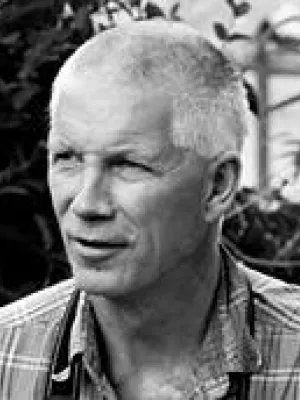
Jonas Ardö
Professor

Evaluation of MODIS gross primary productivity for Africa using eddy covariance data
Author
Summary, in English
MOD17A2 provides operational gross primary production (GPP) data globally at 1 km spatial resolution and 8-day temporal resolution. MOD17A2 estimates GPP according to the light use efficiency (LUE) concept assuming a fixed maximum rate of carbon assimilation per unit photosynthetically active radiation absorbed by the vegetation (epsilon(max)). Minimum temperature and vapor pressure deficit derived from meteorological data down-regulate epsilon(max) and constrain carbon assimilation. This data is useful for regional to global studies of the terrestrial carbon budget, climate change and natural resources. In this study we evaluated the MOD17A2 product and its driver data by using in situ measurements of meteorology and eddy covariance GPP for 12 African sites. MOD17A2 agreed well with eddy covariance GPP for wet sites. Overall, seasonality was well captured but MOD17A2 GPP was underestimated for the dry sites located in the Sahel region. Replacing the meteorological driver data derived from coarse resolution reanalysis data with tower measurements reduced MOD17A2 GPP uncertainties, however, the underestimations at the dry sites persisted. Inferred epsilon(max) calculated from tower data was higher than the epsilon(max) prescribed in MOD17A2. This, in addition to uncertainties in fraction of absorbed photosynthetically active radiation (FAPAR) explains some of the underestimations. The results suggest that improved quality of driver data, but primarily a readjustment of the parameters in the biome parameter look-up table (BPLUT) may be needed to better estimate GPP for African ecosystems in MOD17A2. (C) 2013 Elsevier Inc. All rights reserved.
Department/s
- Dept of Physical Geography and Ecosystem Science
- eSSENCE: The e-Science Collaboration
- BECC: Biodiversity and Ecosystem services in a Changing Climate
Publishing year
2013
Language
English
Pages
275-286
Publication/Series
Remote Sensing of Environment
Volume
131
Document type
Journal article
Publisher
Elsevier
Topic
- Physical Geography
Keywords
- Remote sensing
- Africa
- Gross primary production (GPP)
- Moderate
- Resolution Imaging Spectroradiometer (MODIS)
- MOD17A2
- CarboAfrica
- AMMA
Status
Published
Research group
- remote sensing
ISBN/ISSN/Other
- ISSN: 0034-4257

